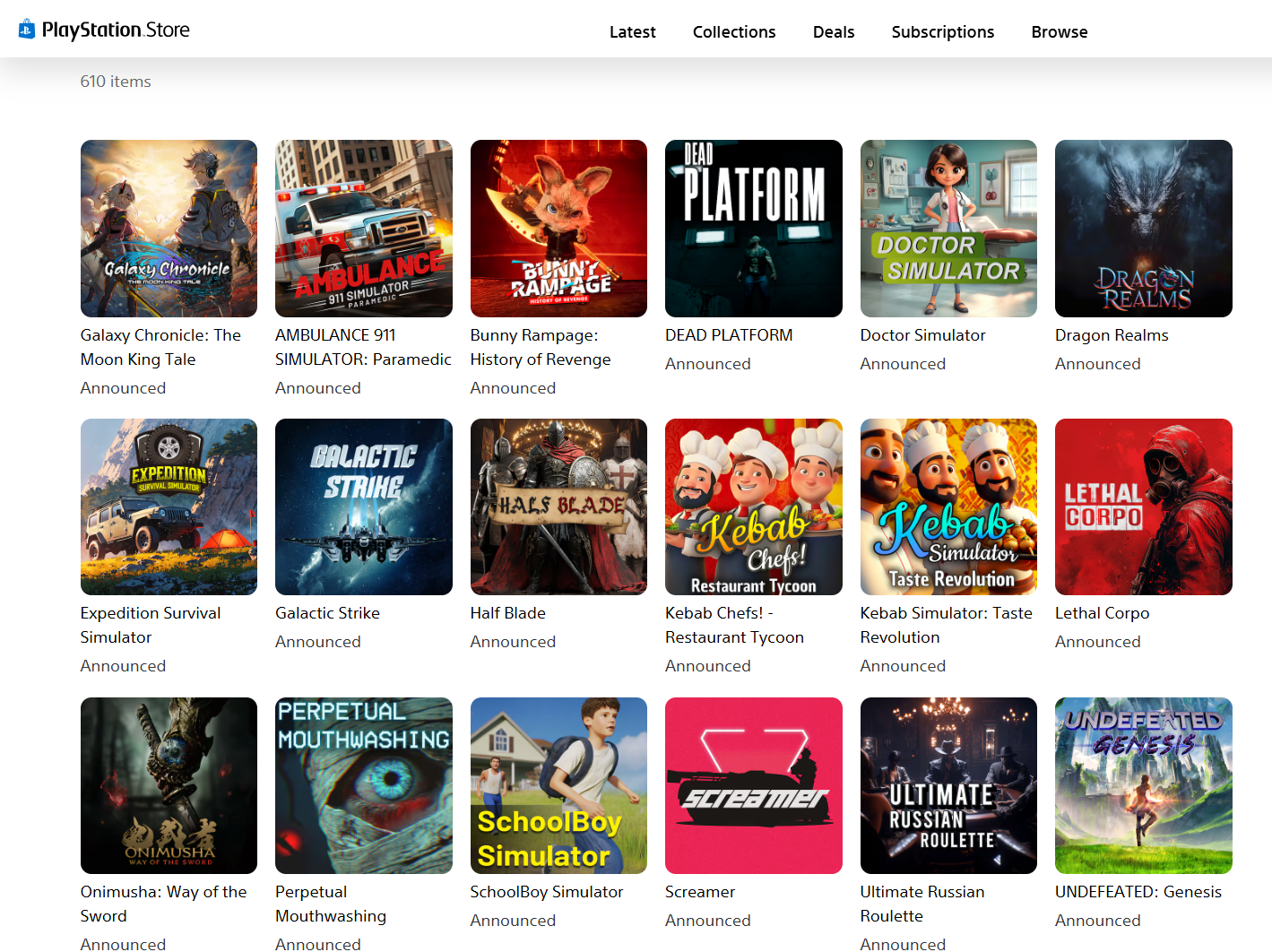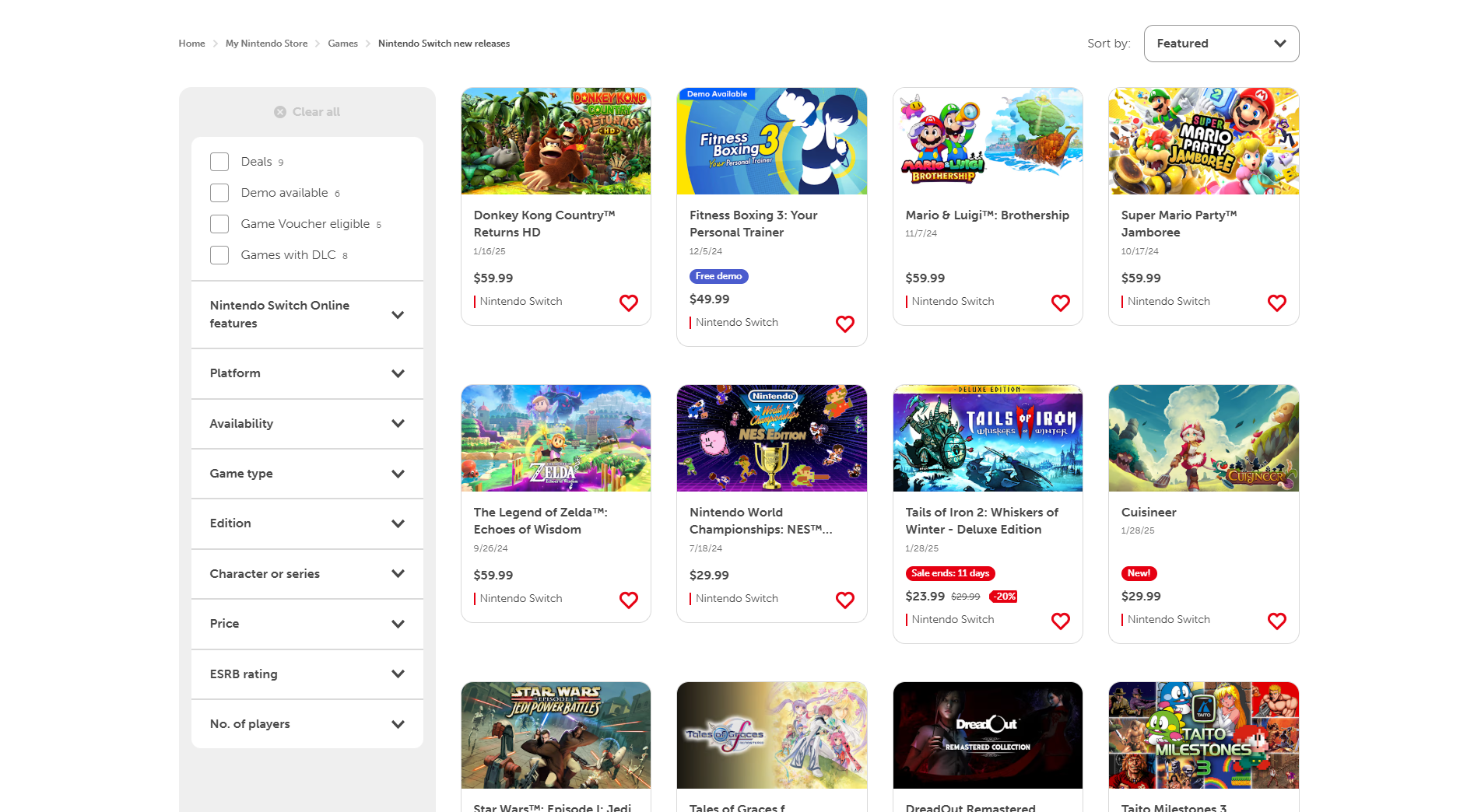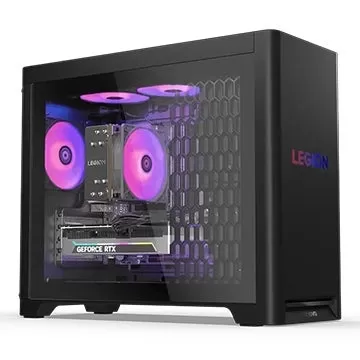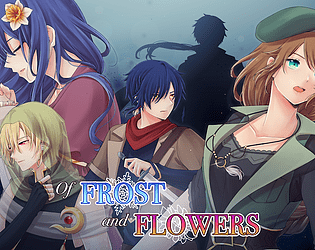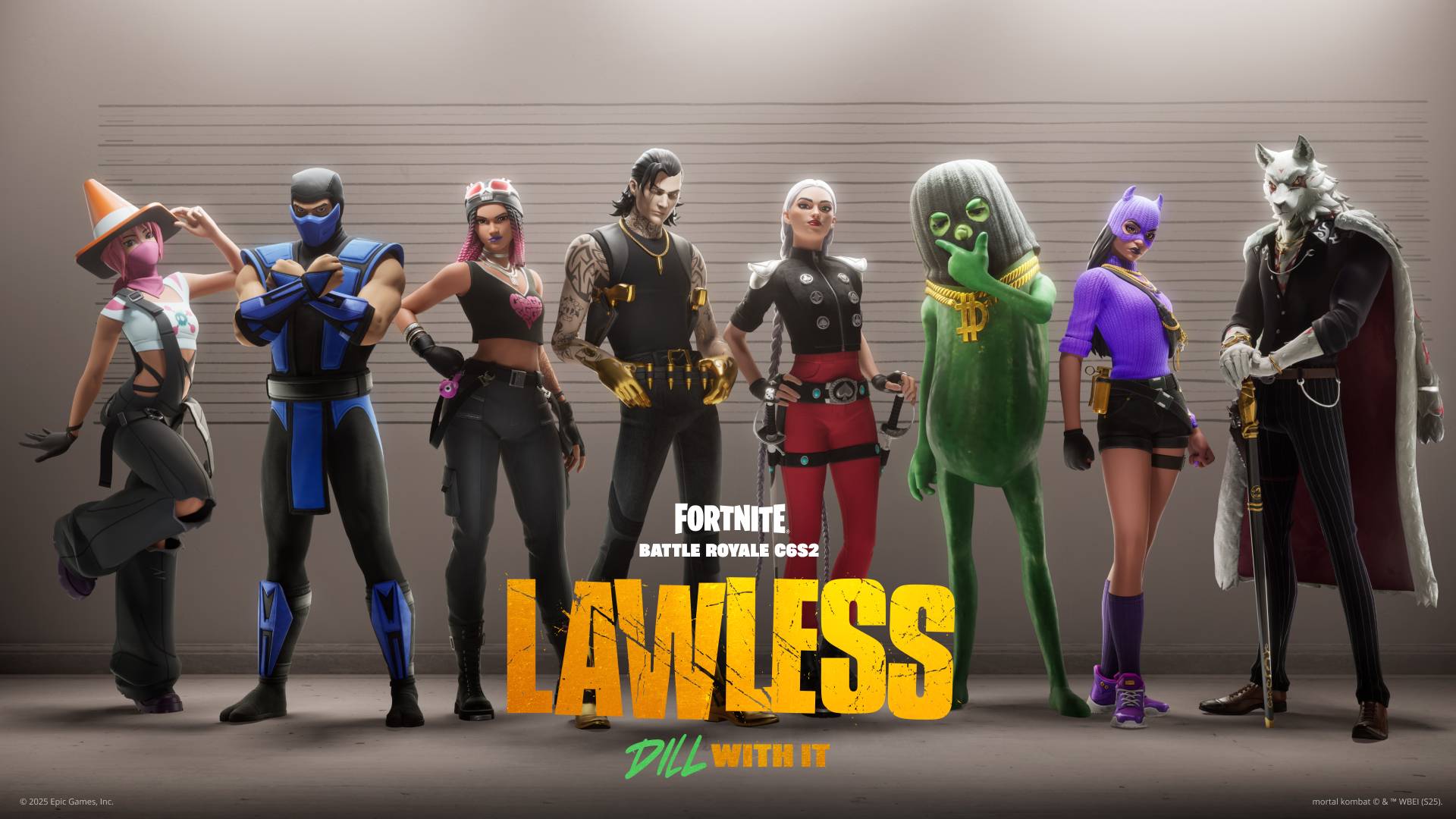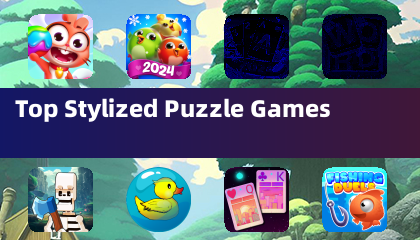"Devs Explain Flood of 'Eslop' Games on Consoles"
There's something peculiar happening on the PlayStation Store and Nintendo eShop, as both platforms have been inundated with what users are calling "slop" games. This issue has been extensively covered by Kotaku and Aftermath, who have pointed out the growing presence of games on the eShop that use generative AI and misleading store pages to deceive users into purchasing low-quality products that don't match their descriptions. The problem has now spread to the PlayStation Store, particularly cluttering the "Games to Wishlist" section with odd entries.
These "slop" games aren't just typical underwhelming releases; they're a deluge of similar-looking titles that are overshadowing other content. These are often simulation games, perpetually on sale, that mimic themes and even names of popular games. They feature hyper-stylized art and screenshots suggestive of generative AI, but in reality, they fail to deliver the promised gameplay experience. These games are typically glitchy, with subpar controls and minimal features.
A small group of companies seems to be behind this relentless churn of games, and as YouTube creator Dead Domain discovered, these entities are elusive, with little to no public information available. Some companies even frequently change their names, making accountability even harder to achieve.
The increasing presence of these "AI slop" games has led to calls for stricter regulation on both stores, particularly as Nintendo's eShop faces user complaints about deteriorating performance. To understand this issue better, I investigated how these games are being listed en masse, why PlayStation and Nintendo's stores are particularly affected, why Steam remains relatively unaffected, and why Xbox's store faces fewer issues.
The Magical World of Cert
To shed light on this, I interviewed eight individuals involved in game development and publishing, who shared their experiences with releasing games on Steam, Xbox, PlayStation, and Nintendo Switch. Their insights revealed the general process of getting a game on these platforms, which might explain why some stores are more susceptible to "slop" than others.
The process starts with developers or publishers pitching to platform holders to gain access to development tools and backend portals. They then fill out forms detailing the game's specifics, followed by the certification process ("cert" or "lotcheck") where the platform holder verifies if the game meets technical standards, such as handling save corruptions or controller disconnections. While Steam and Xbox publicly list some requirements, Nintendo and Sony keep theirs private.
Certification also ensures games comply with legal standards and ESRB ratings, with age ratings being a particular focus. Contrary to popular belief among gamers, certification isn't a quality assurance check but rather a verification of technical compliance. If a game fails certification, it's sent back for resubmission, though platform holders often provide minimal feedback on failures, with Nintendo being notably opaque about rejection reasons.
Front and Center
Regarding store pages, platform holders require developers to use accurate screenshots, but enforcement is lax. Reviews mainly check for competing imagery and language appropriateness, rather than accuracy to the game itself. One developer recounted an instance where Nintendo caught a discrepancy in submitted screenshots, but such incidents are rare due to the separation between the store page review and certification teams.
Nintendo and Xbox review store page changes before they go live, while PlayStation does a single check near launch, and Valve only reviews the initial page submission. The level of diligence varies, with platform holders generally trusting the developers' provided information. Misleading screenshots usually result in a request to remove the content, rather than severe penalties, unless the developer risks being delisted.
None of the console storefronts have specific rules against using generative AI in games or store assets, though Steam requires disclosure of AI use without limiting it.
Eshop to eslop
The reasons behind the flood of misrepresented, low-effort simulation games on Nintendo and Sony's platforms are multifaceted. Unlike Microsoft, which reviews games on a case-by-case basis, Nintendo, Sony, and Valve approve developers once, allowing them to release multiple games more easily. This system enables a few companies to flood the stores with low-quality games.
Nintendo's approval process is seen as the easiest to exploit, with developers noting they could release nonsensical games with little consequence. Some developers use tactics like constantly releasing new bundles to stay at the top of sales and new releases pages, pushing out higher-quality games.
While generative AI is often blamed, it's not the sole issue; many games use generic art, and the games themselves are human-made. Xbox, despite its investment in AI, seems less affected due to its game-by-game vetting process and curated store pages, which makes it harder for "slop" to surface.
Steam, with its vast library, might have the most "slop" quantitatively, but its robust discovery tools and constant influx of new releases help mitigate user frustration. Nintendo, on the other hand, lists new releases in an unsorted manner, exacerbating the problem.
All Games Allowed
Users have been urging Nintendo and Sony to address the "slop" issue, but neither company responded to requests for comment on potential solutions. Developers and publishers are skeptical about any significant changes, especially from Nintendo, with some hoping the Nintendo Switch 2 might bring improvements.
Sony has previously addressed similar issues, notably in 2021 when it cracked down on repetitive content flooding the store. However, the effectiveness of aggressive platform regulation is debated, as evidenced by the backlash against Nintendo Life's "Better eshop" initiative, which inadvertently flagged quality indie games as shovelware.
Developers fear that overzealous regulation might harm legitimate games, highlighting the delicate balance platform holders must strike between allowing all games and preventing exploitation. Ultimately, the task of reviewing games falls to individuals who must differentiate between genuine efforts and exploitative practices, a challenging task in an ever-growing market.
